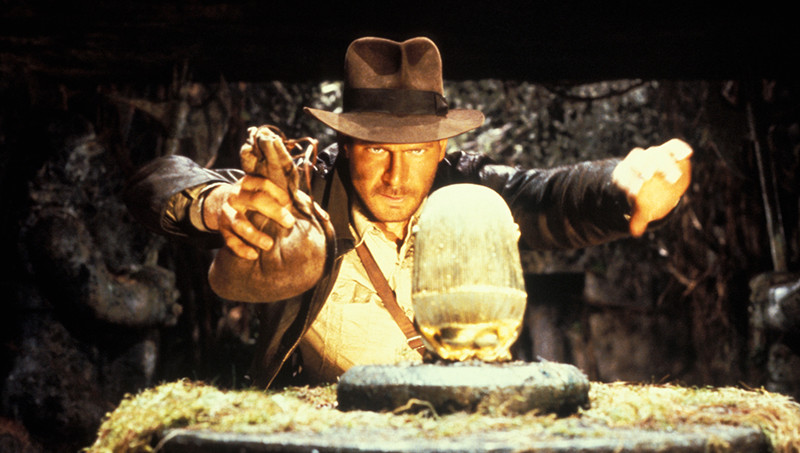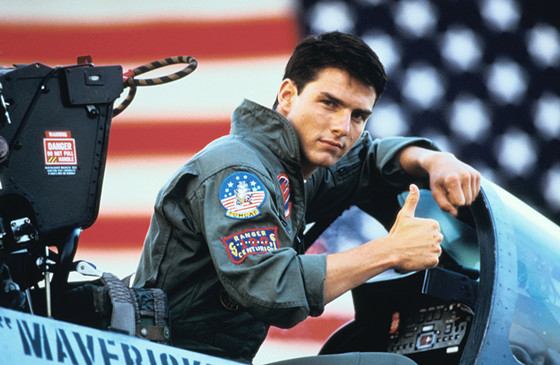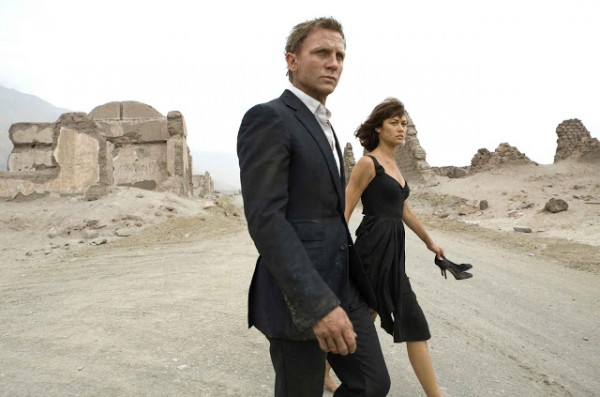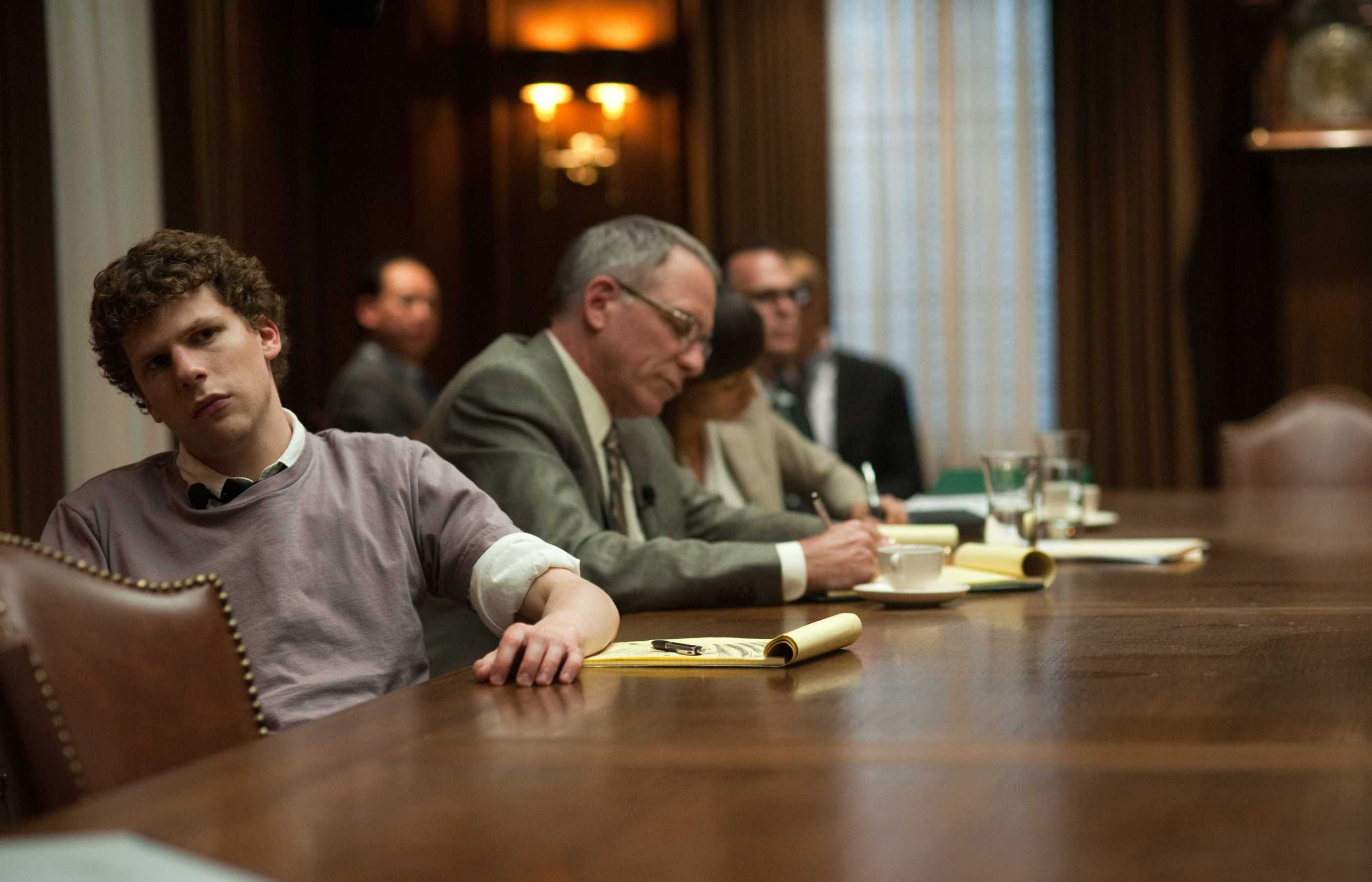6. Raiders of the Lost Ark (1980)

Raiders of the Lost Ark is Steven Spielberg’s classic action film. In the opening scene, Indiana Jones (Harrison Ford) accidentally disturbs a set of ancient booby traps while stealing a golden idol in Peru. Once it becomes clear that all is not well, the scene unfolds in frenzy. The temple starts to collapse; doors start falling in; arrows are fired haphazardly; Indiana nearly falls into the abyss; and, to top it all off, a huge bolder starts rolling towards our hero.
Despite these frantic happenings, the editing is coherent. Each shot is cleanly framed so that we can see exactly what is happening in every frame. In fact, the camera is often static – only moving slightly to follow the movement of the main character. Classical action editing relies on the audience understanding what’s affecting the characters. The editing might be fast, but all key events are explained; Indiana Jones grabs on to a vine and we don’t see him slipping until after we’ve seen a close up of the vine coming loose.
The editing also repeatedly cuts on the action. For example, we see Indiana Jones run to the end of a tunnel and there’s then a cut to a new shot of him swinging over a deep chasm. This cutting on the action means that the two separate shots merge together, forming a continuous piece of action.
7. Top Gun (1986)

Top Gun director Tony Scott was selected because of his experience directing a popular Sabb commercial that had its latest car race a fighter jet. In fact, for fifteen years Scott had developed a successful career making advertisements. As a result, he was used to having to get a lot of information across in a short space of time (sometimes just thirty seconds).
Looking at this clip from Top Gun, Scott’s experience as an advert director is clear. The edits from shot-to-shot are fast paced, rarely lasting longer than two seconds, and the emphasis of shots is on characters’ faces and not their full bodies (even in the shots with the characters who aren’t in cockpits). This post-classical style of editing is sometimes referred to as “MTV editing” because it was aimed at audiences that had grown up with watching short stylized averts and MTV popular music videos.
8. Schindler’s List (1993)

One other vital function of editing is to maintain temporal continuity. In almost all circumstances the director will want you to understand where you are in the film’s timeline, and they’ll also want you to understand how quickly time is passing. A dissolve is the standard way to let the audience know that time has passed however; it’s not the only way.
While Itzhak Stern (Ben Kingsley) and Oskar Schindler (Liam Neeson) are creating the list, the action crosscuts to a completely different scene that gives the audience more knowledge about Oskar’s efforts to procure his Jewish workforce. When we return to the office, not only has this crosscut helped to move the flow of time along, we now know how determined Oskar is in his efforts.
Spielberg also likes to match his graphics when editing so we see Itzhak counting through a freshly typed list followed by a cut to Oskar reading a completed list. This creates a metaphorical link from the start, and to the end, of the list-writing process. Even though the edit is simple cut, we know that time has passed because the two characters are in different positions and the lighting is lower; this isn’t jarring because of the graphic match.
This clip is also a reminder of the power of not editing a shot. When Oskar tells Itzhak to stop working on the list of names, we get a long shot that lasts for two minutes. The camera pans and zooms slightly to follow the action, but the energy has gone from both men so the energy goes from the editing. They’ve worked through the night, and Oskar (Liam Neeson) is also weary from having spent so much money. Furthermore, a very potent speech is delivered by Itzhak (Ben Kingsley) and not having cuts interrupt flow helps to add to its power.
9. Quantum of Solace (2008)

Instead of establishing the geography of the clock-tower that James Bond (Daniel Craig) is standing in, the editing cuts from angle to angle, heightening Bond’s emotional stress. After Bond is attacked, the edit rate becomes even faster.
Instead of having a clean visual of how events are unfolding we’re presented with a series of shaky close ups: guns, faces, the scaffolding collapsing, bricks hitting the screen, a pulley winding and swinging, glass shattering etcetera. Also, there’s very little cutting on the action; instead successive shots offer completely different perspectives.
Fast editing and constantly moving camerawork can be referred to as either “Intensified continuity” or “chaos cinema”. In this style of editing, it’s not crucial for the audience to be orientated, or to clearly understand what’s happening. Excitement is created by stimulating the audiences’ senses as much as possible with dynamic camera movements and frantic editing.
10. The Social Network (2010)

Despite the changes of style in editing for action films, classical editing is still standard for Hollywood filmmaking. This clip from The Social Network shows a conversation taking place between Mark Zuckerberg and a lawyer and the conversation unfolds using the shot reverse shot technique.
Of course, if all film conversations were told using only two angles the scene would look pretty boring. When Zuckerberg notices that it’s started to rain it edits to a point of view shot that allows us to see through his eyes. It then edits to a reaction shot from two of the plaintiff’s just after Zuckerberg first says “no”. Reaction shots often make scenes more textured and interesting as the action cuts away from the main scene, while still showing us important information. The shot that shows us the camcorder is also a cut away shot, which gives an extra flavor to the shot reverse shot format while reminding us that proceedings are being recorded.
As the conversation becomes more heated, we cut to a medium close up of Zuckerberg followed by a medium close up of the lawyer. Closer shots allow for more noticeable detail, and help to capture the actor’s expressions. They are used here so that the audience can understand that the two characters are becoming angrier.
Once there emotions have been established, the scene then edits to a medium shot so that the reactions of the rest of the room are capture (first the defendant’s team, then the uncomfortable looking plaintiffs’ team). It’s a simple conversation, but editing has allowed the audience to absorb all of the nuance and detail of the situation.
Author Bio: David Biggins is a film graduate and marketeer from England. He’s been published on the BBC website, and used to present a film radio show in Norfolk. Before joining Taste of Cinema he was a film critic for Reel Whispers.You can follow David on Twitter @MrMilktray.